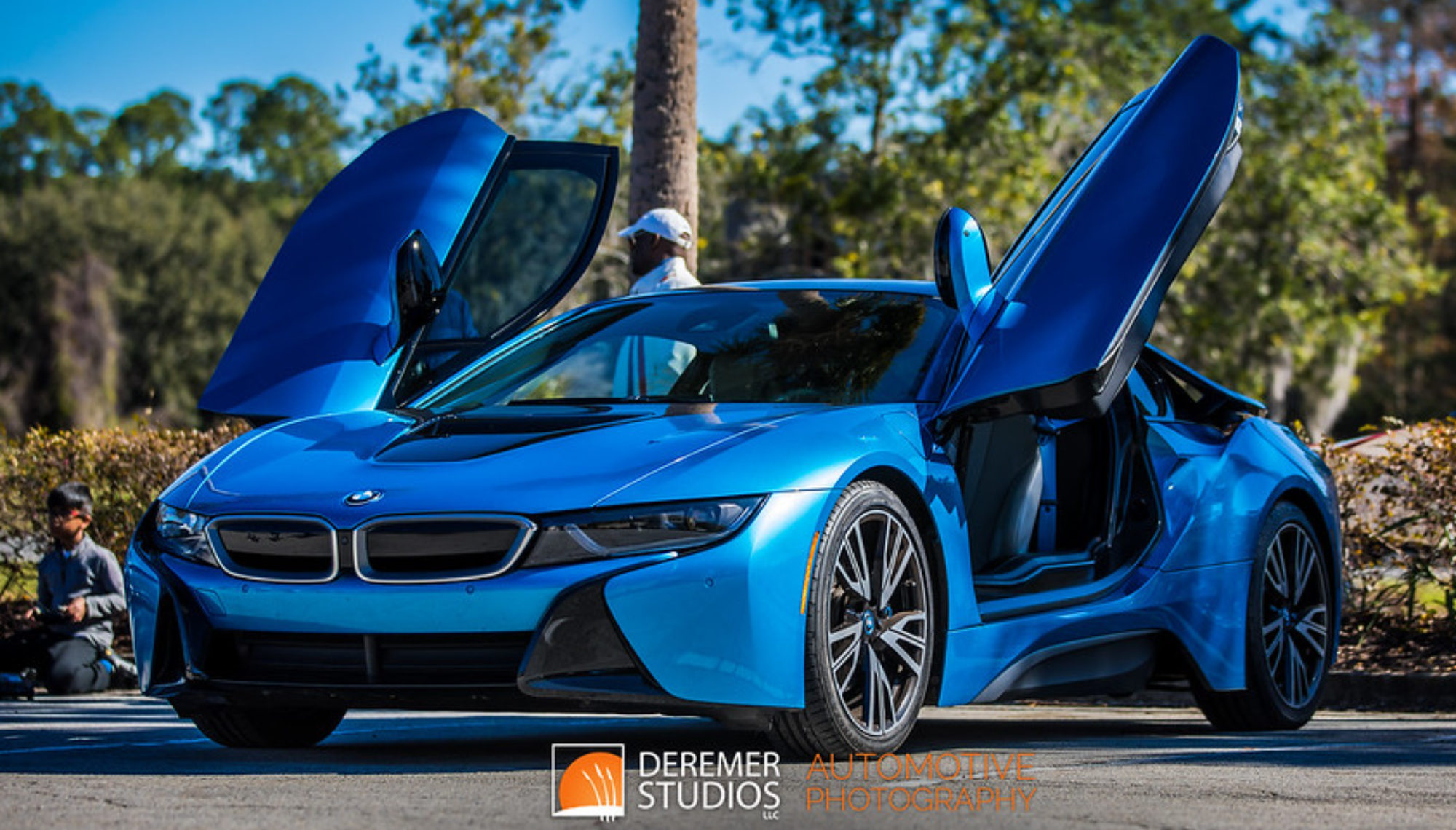Recently we spent some time with two of Nissan’s smaller sedans, the compact Sentra and the subcompact Versa. Both are “all-new” for 2020. Enhanced styling give both a stronger presence on the road and in the driveway. Upgraded powertrains yield better road-going characteristics.

The 2020 Nissan Sentra: Nissan’s best Sentra to date
While other Nissans tend to grab the headlines, particularly the iconic Z car and the GT-R, the Sentra quietly remains the best-selling Nissan of all time in the United States. The popular compact sedan is all-new for 2020, with a fresh design built upon a new platform. Two inches lower and wider than the outgoing model, the new Sentra is, in our eyes anyway, attractive.
All models get Nissan’s V-motion grille, select versions also receive LED projector headlamps and LED daytime running lights. The sharp creases, low roofline and wider stance give the Sentra an athletic appearance, something that Sentras of old never had.

Under the hood sits a new 2.0-liter 4-cylinder engine which replaces the previous 1.8-liter. Horsepower is rated at 149 hp, which is sufficient for the compact sedan and more impressively marks a 20 percent increase over the previous model. The 146 lb-ft of torque is also a noteworthy 17 percent jump over the 2019 model.
Power is sent to the front wheels by Nissan’s latest generation Xtronic transmission. Nissan has done a decent job of adding some excitement to the CVT transmission, but even with all the refinement and economy, we would prefer a traditional automatic gearbox. That said, Nissan was an early adopter of the CVT and you can tell that they put some work in to make it as decent as possible.

Fuel economy is impressive. The 2020 Sentra is rated at 29/39/33 mpg city/highway/combined for the S and SV grades and 28/37/32 mpg city/highway/combined for the SR grade.

For 2020, the Sentra now includes Nissan Safety Shield 360 as standard equipment. The safety equipment package includes six driver-assist systems: Automatic Emergency Braking with Pedestrian Detection, Blind Spot Warning, Rear Cross Traffic Alert, Lane Departure Warning, High Beam Assist and Rear Automatic Braking.
Pricing for the all-new 2020 Sentra S starts at $19,090 plus fees. The base model includes 16-inch steel wheels, cloth interior and remote keyless entry with push button start.

For $20,270 plus fees, the Sentra SV adds 16-inch aluminum-alloy wheels, infotainment with Apple CarPlay and Android Auto, 8-inch color display with multi-touch control, 6-speaker audio system, auto climate control, intelligent cruise control and a nicer cloth interior.
At $21,430 plus fees, the Sentra SR includes 18-inch aluminum-alloy wheels, LED headlights with LED Daytime Running Lights, LED fog lights, sport cloth interior with orange stitching, rear spoiler and lower body side sill extensions.
The 2020 Versa: Subcompact Steps in the Right Direction

Full Disclosure, I’ve never been a fan of Nissan’s entry-level subcompact sedan. I understand the premise and appreciate the excellent fuel economy and the value of having a new car warranty, but nothing about the outgoing Versa really stood out in a crowded subcompact segment. So it was a bit of a surprise that the 2020 Versa won me over in a few areas.
Versa’s new design, stronger engine, enhanced driving dynamics and improved interior left a lasting impression. While I wouldn’t look for excuses to take the Versa out for a drive, something I do with my Z cars, the daily commute to work was easy behind the wheel. On the highway the Versa does what you ask if you are patient. The seats are comfortable and the stereo system actually sounds really good.

Wider, longer and lower, the new Versa is a sportier take on Nissan’s affordable subcompact. The design is a bit softer than I’d like in spots, something common in the subcompact segment, but overall the new lines are quite pleasing. The signature V-motion grille helps the Versa fit in with its relatives and the SR model is equipped with attractive LED lighting.
Abundant hard-touch plastic surfaces mar an otherwise surprisingly spacious and thoughtful interior. The 88.9 cubic feet of interior space and 14.3 cubic feet of trunk volume help the Versa feel more like a compact vehicle than a subcompact. Six-way adjustable cloth front bucket seats are standard. Heated front seats can be had with the SR Convenience Package. The Versa SR also features sportier seat fabric and upgraded interior trim and accents.

Our SR model test vehicle included a great-sounding 6-speaker system controlled by a 7.0-inch touchscreen Display. The infotainment system features satellite radio, Apple CarPlay and Android Auto. Nissan’s reluctance to offer either smartphone connectivity system appears to be in the rearview.
Under the hood sits a new 1.6-liter 4-cylinder engine that is rated at 122 horsepower and a 114 lb-ft of torque. Both numbers are considerable jumps over the outgoing powerplant. The added power gives the Versa a little more zip, but make no mistake, Nissan’s subcompact is designed for efficiency.
The base S model arrives with a standard 5-speed manual transmission or an available CVT transmission. The latter is standard on Versa SV and SR grades. Fuel economy for the base model with the 5-speed is rated at 27/35/30 mpg city/highway/combined. Xtronic (CVT) models see 32/40/35 mpg city/highway/combined.

While not standard, Versa is now available with Nissan’s “Safety Shield” active safety technology. The package includes automatic emergency braking with pedestrian detection, rear automatic braking, lane departure warning, high beam assist, blind spot warning and rear cross traffic alert.
Pricing for the 2020 Versa S starts at $14,730 plus fees. The base model is very limited in features, making it a good choice for basic transportation. Our recommendation would be to look at the SV model with the upgraded wheels, infotainment and safety features for $17,640 plus fees.

